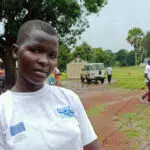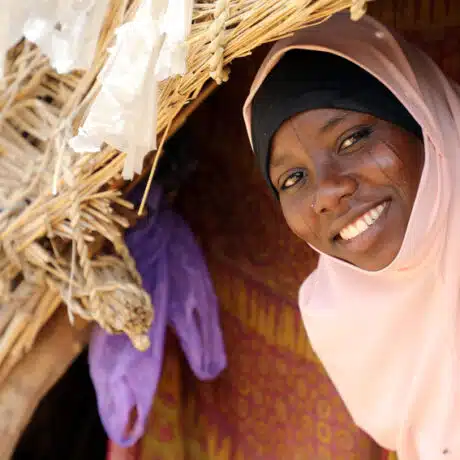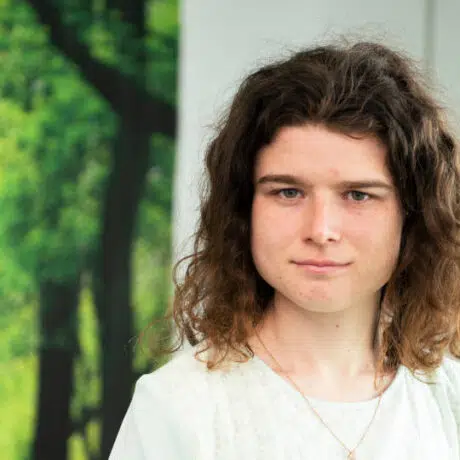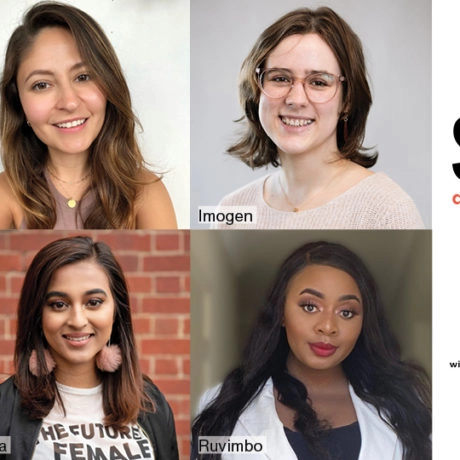News and Stories - Girls Rights - 14 October 2022
The shocking statistic that shows how far we have to go on International Day of the Girl
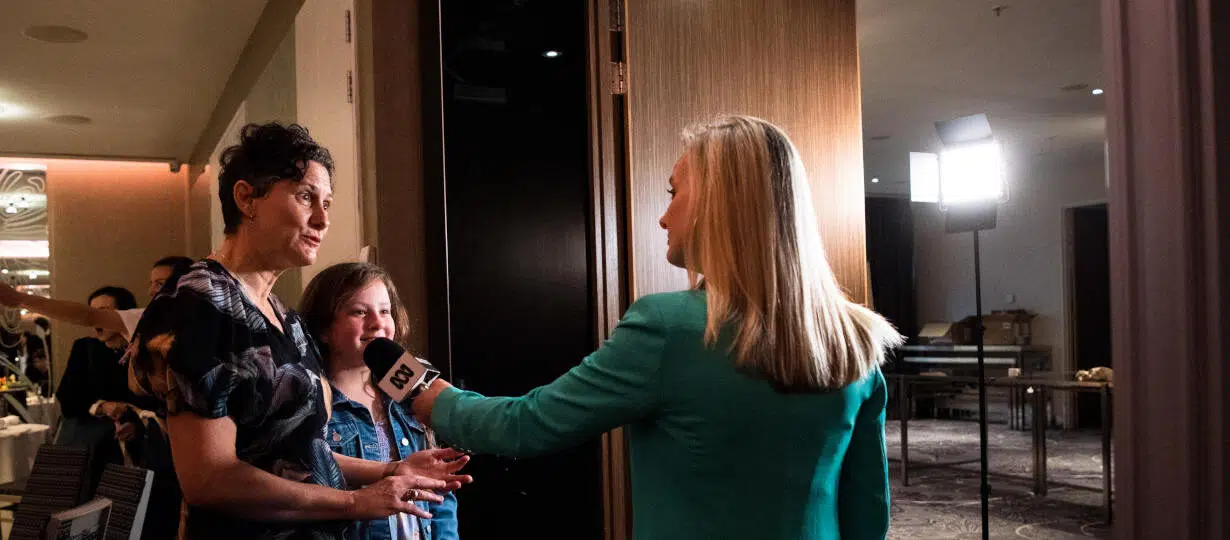
By Susanne Legena, CEO, Plan International Australia
This week we are celebrating ten years of the United Nations International Day of the Girl (IDG), a day set aside to focus attention on the issues that matter to girls all around the world.
A decade ago, I had just joined Plan International Australia and was undergoing IVF treatment – my tenth year of trying to have a baby. I was unsure whether I would ever become a mother so I decided I would be an amazing aunt instead and the best advocate I could be for the rights of all young girls around the world. Not long after this epiphany, I finally fell pregnant and gave birth to my daughter, Orla. When Orla was born, it crystallised what I want most in this world – a just and fair world for all children, especially the most vulnerable.
Earlier this week, at a sold out breakfast event for IDG, I stood side by side with Orla, who is on the cusp of turning 10 years old, and I told the room that there was one horrifying statistic that drove me to fight for the world’s women and girls over ten years ago.
When I first started at Plan International, I found out that a woman in South Sudan was more likely to die in childbirth than she was to finish school.I thought I had misread the sentence and read it several times over until it sunk in. This tragic reality has fuelled a decade of striving to advance children’s rights and equality for girls all over the world. As an independent, non-religious humanitarian organisation, Plan International works alongside children, young people, our supporters and partners to tackle the root causes of the immense challenges facing girls and all vulnerable children.
So, how about that woman in South Sudan, what are her prospects today? I had to tell the packed room of amazing women this morning that she was still more likely to die in childbirth than she was to finish school. Her future prospects, after ten years of global efforts and energy, remain stubbornly unchanged.
On the panel later in the morning disability advocate Elly Desmarchelier talked about forced sterilisations and abortions carried out on Australian women with disabilities, saying that most disabled women “don’t even have their basic human rights”.
Greens Senator Sarah Hanson-Young spoke of her regret over staying silent as she was bullied and ignored in parliament until David Leyonhelm’s very public slut-shaming became the straw that broke the camels back.
I talked about the plight of First Nations women. How the rates of gender-based violence are disproportionately higher amongst First Nations girls and young women than the non-Indigenous population. Alarmingly, three in every five First Nations women have experienced physical or sexual violence. Girls aged 10-14 are the greatest number of victims of sexual violence, followed by young women aged 15-24.
As Orla sat with me and listened to it all, she heard me say that it would be somewhere between 100 and 300 years before women and girls were likely to achieve global equality.
But Orla also stood next to me as we did a live television interview, and she proudly declared to viewers that “girls can do anything they want to do”.
Ten-year-old girls are incredible agents of change: they are resilient, they are progressive and they are future leaders. When we deny girls their human rights, we are removing 50 per cent of the world’s population from important political, cultural and scientific decisions. This is not only unequal – it is ridiculously counterproductive because we have seen around the world the amazing change that young women can bring to issues such as climate change and the right to education.
We have seen it over the last few weeks, as the women and girls of Iran have defiantly hit the streets in more than 80 cities and towns, demanding their liberty and bodily autonomy. We have seen it since the Taliban banned girls’ education in Afghanistan, and girls began to meet up in secret to continue their cherished schooling. We see the likes of Amelia Telford, Vanessa Nakate and Greta Thunberg fighting for climate justice.
The United Nations Population Fund has recognised girls aged 10 as the key group whose potential, if unlocked, will create the economic and social conditions needed to achieve the 2030 Agenda for Sustainable Development. If all the 10-year-old girls who drop out of school or do not attend school in developing countries completed secondary education, they would contribute $21 billion a year to their economies. How incredible is that?
We remain positive because for all the setbacks there have still been some wins over the past 10 years.
Globally, child mortality has dropped significantly since 2012. And there have been real improvements on legal protections from certain forms of abuse – child marriage has been banned in a number of countries in the last decade, as has female genital mutilation in countries such as South Sudan.
In Australia, we have had some great progress on teen pregnancy, which has halved in the last decade.
We’ve seen significant investments from governments into redesigning cities to be safer for women and girls to navigate, free from harassment and abuse. The NSW government this year invested $30m to co-design Sydney and other areas with girls. We’ve seen some moves towards comprehensive consent and respectful relationships education for young people in schools. And we’ve seen pads and tampons become free for all girls in Australian high schools.
For First Nations girls, the last decade has seen access to education somewhat improve – the number of First Nations girls who have achieved a certificate, diploma or degree has almost doubled. However, this is nowhere near good or equal enough for these girls.
All of these wins have come about because of the brave and tireless campaigning and advocacy of girls, young women and gender-diverse people.
Still, after ten years of fighting, there is no clear answer to the question: is a girl born today better off than when Orla was born almost a decade ago? For every gain there has been a loss, for every ounce of a joy a mountain of heartbreak.
But I can stand proudly with my daughter, because we will not wait 100 or 200 years for equality to come. We will demand more and we will demand it faster, we will campaign harder, smarter and longer.
And, in ten years’ time, that woman in South Sudan will not die in childbirth – she will finish school and go on to do extraordinary things and shape the world. She will advocate for change for her own daughter and that is the world that I want to live in. For myself, for Orla and most importantly, for all girls and women.
Raise your voice and join a movement of people advocating for and with girls all over the world.

